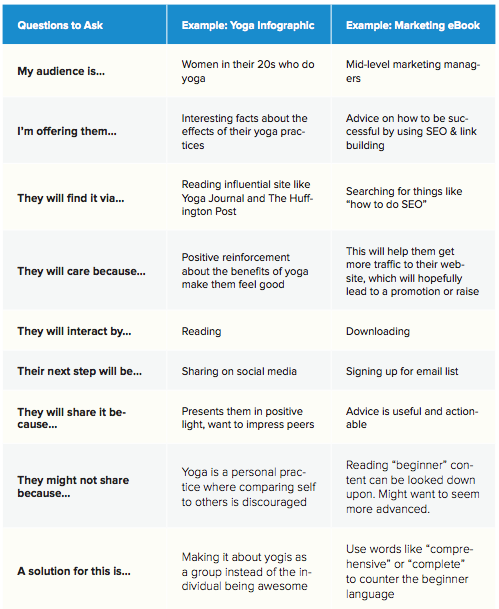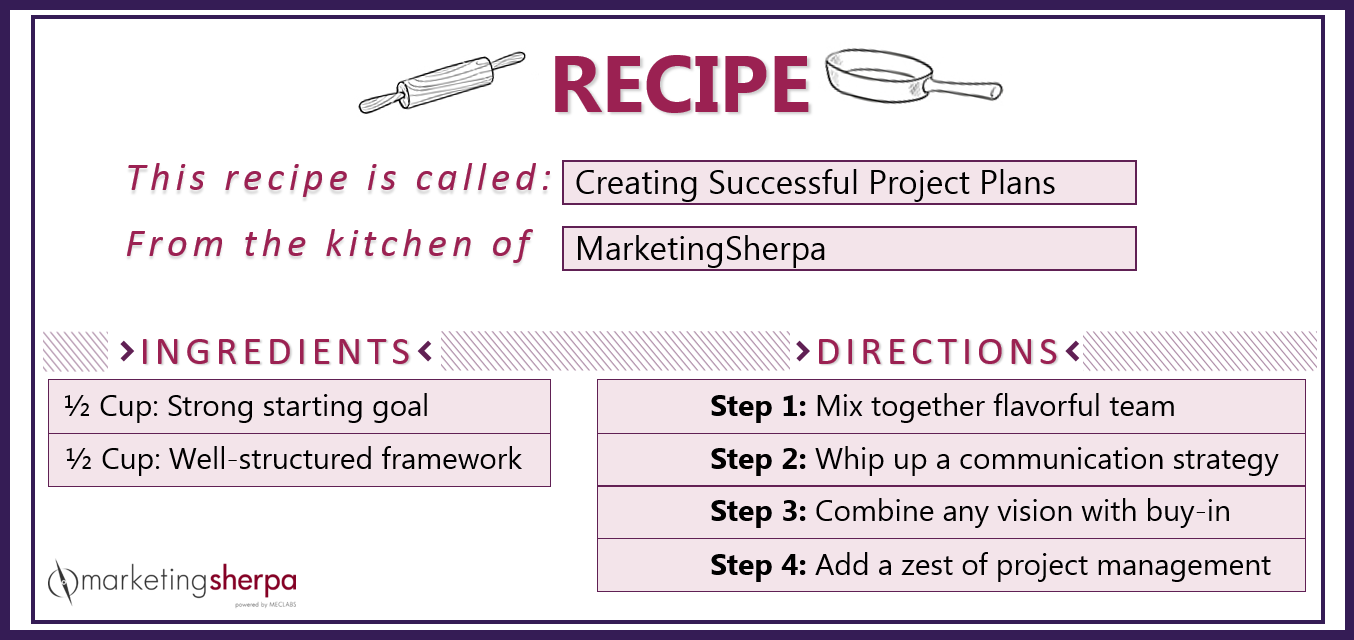Promotional Marketing: How to use promotional marketing to build brand awareness
I’ve gotten the nickname “Coupon Queen,” because I love a good deal. It’s hard for anyone to turn down a 50% off sale from their favorite company. Promotional marketing uses special offers to raise a customers’ interest, to influence a purchase and to even stand out among competitors. As marketers, our main goal is to use tactics like this to boost awareness in order to build the community for our brand.
A few months ago, I wrote a post on building customer experience by looking at event marketing while we prepared for MarketingSherpa Summit. Before getting started with the event marketing process or the launch of your content, the truth is there is a whole production that begins before that. You have to start with your promotional work. As we are now gearing up for MarketingSherpa Summit 2017, I interviewed Erin Fagin, Senior Marketing Manager, MarketingSherpa, on her role with promotional marketing.
Promotional marketing includes advertising, public relations and sales promotion. Whether you want to inform the market, increase demand or differentiate a product, here is an introduction to promotional marketing that can help you drive the traffic that you need for your product.
Phase 1. Establish your objective
Erin is responsible for the MarketingSherpa brand, with majority of her focus being on MarketingSherpa Summit. She said this includes the “entire brand perception, experience and voice, and how we are positioning ourselves to our followers and customers.”
As a marketer, the first question you want to ask yourself is, “What are we trying to achieve?”
Everyone’s goals are going to be unique to the company; for example, our main objective is to grow our community. This is where your past can become handy in the future planning process. Take a look at past campaigns and data collected to analyze what previously worked and areas where improvements can afford to be made.
Erin has built a portfolio of ideas that were inspired from past campaigns. However, she strives to involve her team in as much as the process as she can. A collaboration session is key in this step.
Phase 2. Build your strategy
Research is the most important asset in your strategy, whether formal or informal. Using that available data on your current or past audience engagement is going to benefit your campaign heavily. Organizing your route to the end goal while showing the value is going to be challenging yet rewarding in the end.
Marketing with internal stakeholders provides the beginning foundation, and external stakeholders can also provide a valuable perspective to the strategy. Here is where the buy-in from those involved comes into play. Your team and leadership has to be convinced to change the nature of the existing or previous strategy to be on-board from the very beginning, because as you move on to the next step, that buy-in is going to be to be crucial.
Budget is a piece to always take into consideration at this stage. If you have the flexibility to share a budget with other departments, utilize the resources to combine efforts to cut costs. With the remaining funds, you may have room to experiment with your strategy.
Phase 3. Execute your plan
Three core components in creating this plan to execute are:
- Clearly defined goals
- Establishing resources
- A realistic project plan
Identifying the milestones needed to achieve your goals is going to be the first step. In this marketing optimization post, I walked through steps that similarly tie into building a promotional strategy when improving marketing efforts.
The content messaging is one of the core pieces in your promotional plan. Think about, what you want to say to your customers and how you want them to interpret your content. At the end of the marketing asset, put yourself in the audience’s shoes. How likely are you to be motivated to take action by clicking on the CTA or sharing the information?
In a Buzzstream article, “How to Create a Winning Content Promotion Plan,” Stephanie Beadell presented a well-developed framework to building a successful campaign. What I found thoroughly valuable were the starter questions for marketers to ask during the crafting section:

Erin added that she begins by taking a crack at developing the content needed for her promotions and then solicits feedback from her colleagues on the marketing team. The content team is brought in the process as well to copy edit and ensure that the voice of the brand remains consistent. Utilize as many departments as your company has available. You also want to change your copy to reflect where it will be shared, she said, whether with a segmented audience and of course for unique social media channels.
Determining when and where your content is distributed is the final step.
Ensure that you aren’t overwhelming the audience with multiple sends, and map out your promotional periods in advance if you can. Understand your audience and where their motivations are, whether it is through direct mail or email. But don’t be afraid to take risks and test new mediums. Establish how technology can be of assistance as well – can paid search, print ads and retargeting help in your marketing efforts?
When your team comes within reach of the objective or achieves the overall goal, celebrate with your colleagues because your hard work has paid off. Communicate the success with your entire company and internally share the information. And don’t forget to use this promotional marketing strategy you’ve created as a baseline for the next one.
You may also like:
How Companies Fail, and Why the Customer Always Wins in the End
Email Marketing: Ideas and inspiration from 11 years of award-winning campaigns










